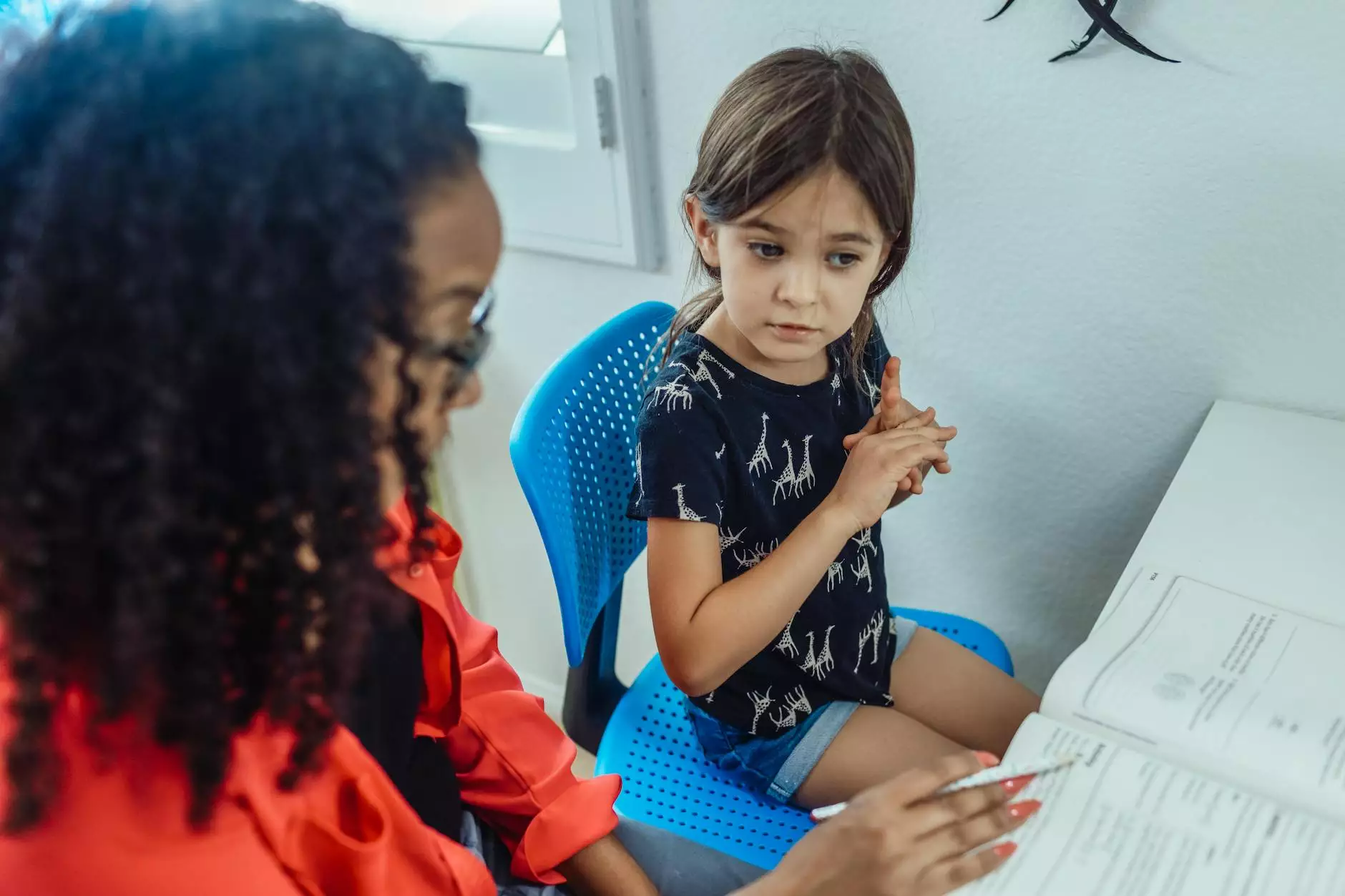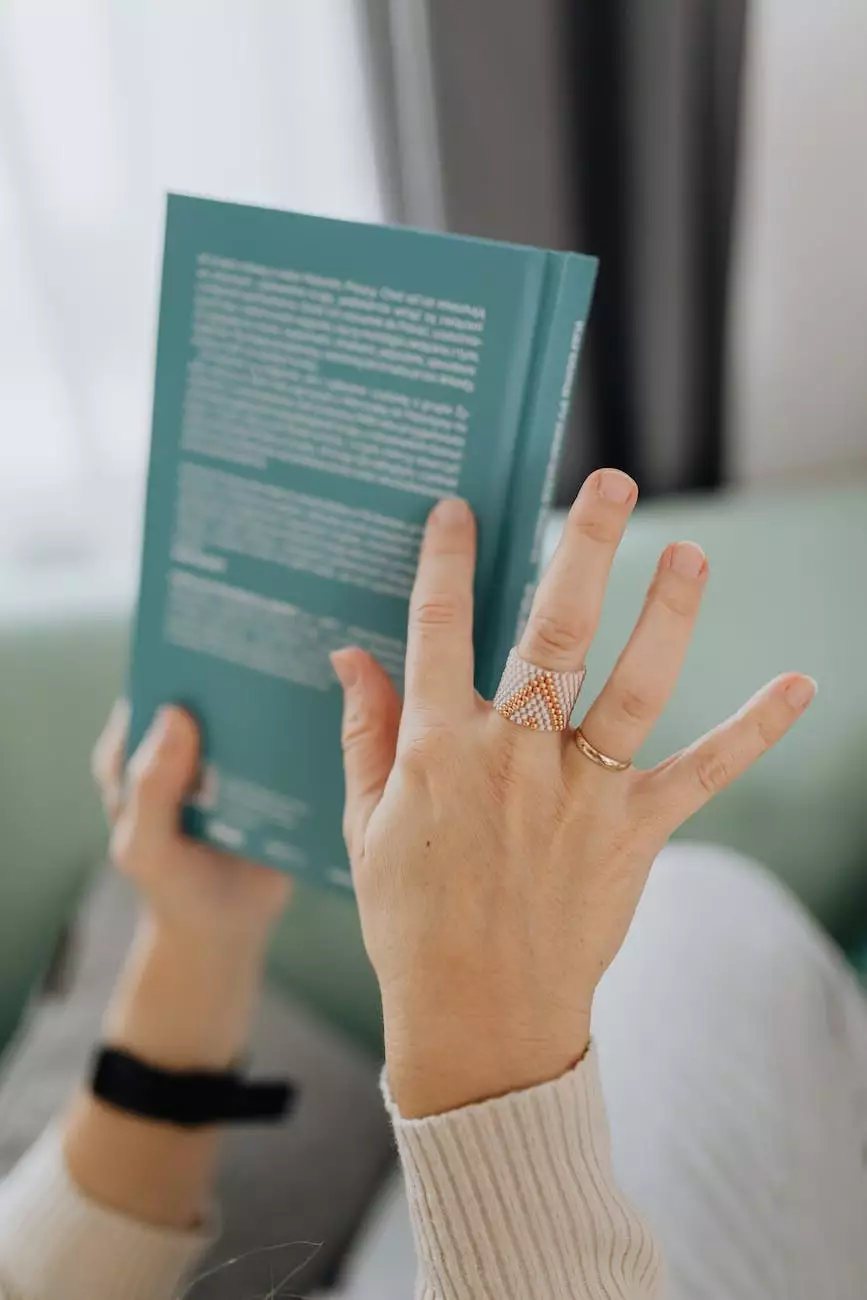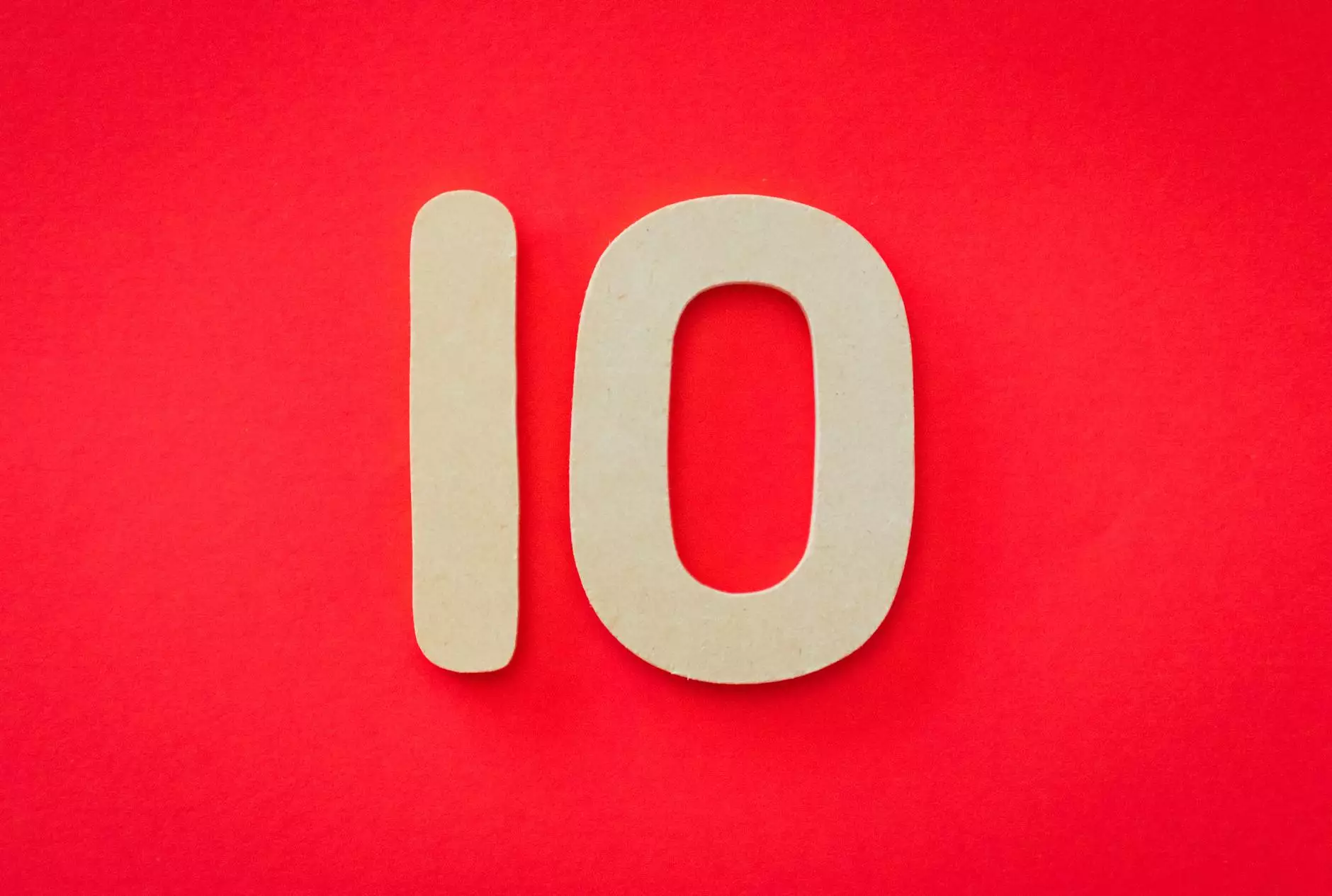English Lesson: Present Progressive
English Grammar Lessons
Introduction
Welcome to NJCLT's comprehensive English lesson on the present progressive tense. In this lesson, we will explore the formation and usage of the present progressive in English. Whether you are a beginner or an advanced learner, this lesson will provide you with all the necessary knowledge to master this important grammatical structure.
What is the Present Progressive Tense?
The present progressive tense, also known as the present continuous, is used to describe ongoing, temporary actions or situations happening at the present moment. It consists of the present form of the verb "to be" followed by the present participle (-ing form) of the main verb.
Formation
To form the present progressive tense, use the appropriate form of the verb "to be" (am, is, are) combined with the present participle (-ing form) of the main verb. Let's look at some examples:
- I am working on my project.
- She is studying for her exams.
- We are waiting for the bus.
Usage
The present progressive is used in various contexts to describe actions or situations that are in progress at the current moment. Here are some common uses:
1. Actions Happening Now
The present progressive is used to describe actions that are happening at the present moment. For example:
- I am reading a book right now.
- They are watching a movie at the cinema.
2. Temporary Situations
We use the present progressive to describe temporary situations or actions that are not permanent. For instance:
- He is living in Paris for a few months.
- We are working on a new project this week.
3. Future Plans
The present progressive can also be used to express future plans or arrangements. Take a look at these examples:
- We are meeting for lunch tomorrow.
- I am traveling to London next week.
Practice Exercises
Now that you have learned about the present progressive tense, it's time to practice! Complete the following exercises to reinforce your understanding:
- Conjugate the verb "to dance" in the present progressive tense.
- Write five sentences using the present progressive to describe actions happening now.
- Formulate three sentences using the present progressive to describe future plans.
Conclusion
Congratulations! You have successfully completed NJCLT's English lesson on the present progressive tense. By understanding its formation and usage, you can now confidently use the present progressive in your conversations and written communication. Practice regularly to reinforce your skills, and soon you'll become a master of this essential grammatical structure.










